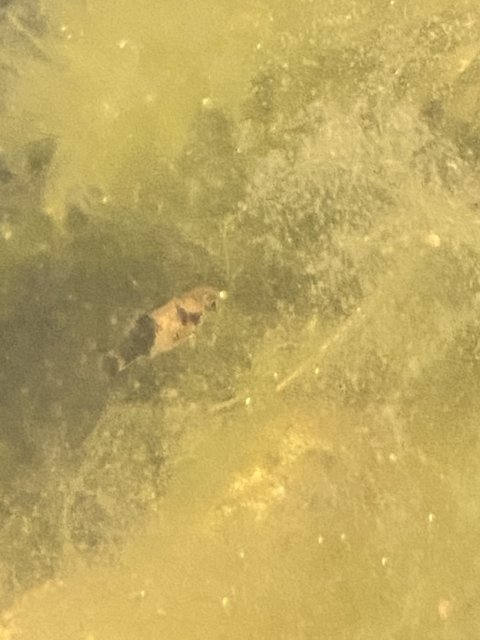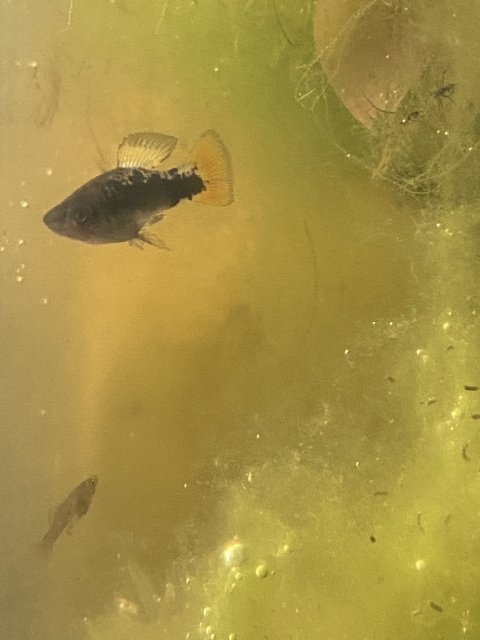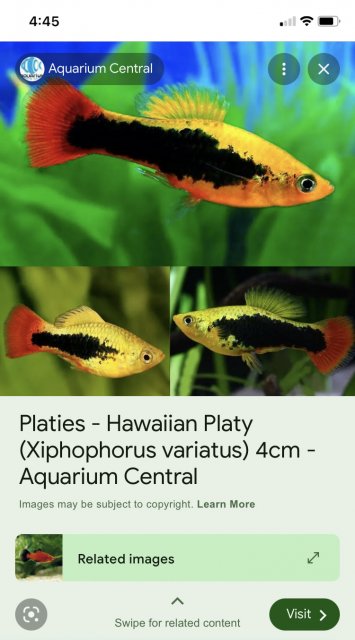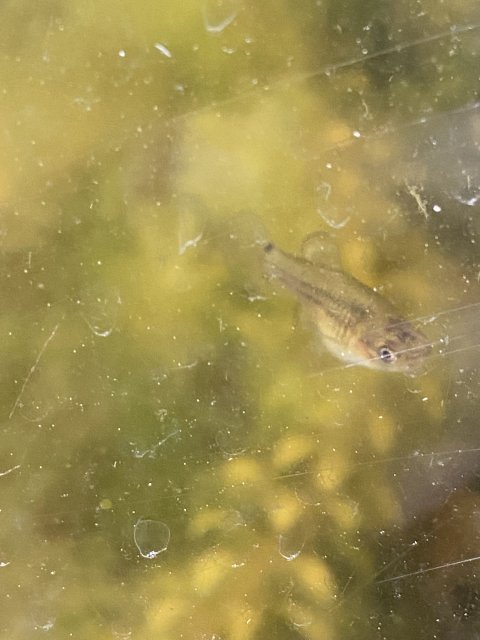I lost a Celido pike that way. $125 dollar fish ate another cichlid that’s hard to get and was about the biggest he could take down- when the water was about 65 degrees and dropping. A week later he was still bloated with it and died water temp was around 50.
Gymnogeophagus Terrapurpura Growout!
- Thread starter The Masked Shadow
- Start date
You are using an out of date browser. It may not display this or other websites correctly.
You should upgrade or use an alternative browser.
You should upgrade or use an alternative browser.
I lost a Celido pike that way. $125 dollar fish ate another cichlid that’s hard to get and was about the biggest he could take down- when the water was about 65 degrees and dropping. A week later he was still bloated with it and died water temp was around 50.
I've been fortunate to never lose a fish that way, but have experienced similar with reptiles in the past. It seemed a reasonable concern, and your unfortunate loss shows that it is.
It seems I've been loving this tank too much. I think I am just going to keep it like this. Use the 55g as the originally planned patio pond. They are really fun to watch. You get a really unique appreciation for aquatic plants and algae. A third of the tank is covered in think stringy algae, but the Gymnos love it, and often reside towards the bottom of the algae 'forest'. I counted all 6 out today, hungry, all 3 Flagfish, and ANOTHER batch of fry from the Tux Yellow Platys. Perhaps use them as live feeders 

Mutations or genes for that color somewhere in the bloodline.
Didn’t you have tuxedo platies? Kinda similar to those.
That does look like what would be called the golden panda. I have some molly fry of that breed.
Didn’t you have tuxedo platies? Kinda similar to those.
That does look like what would be called the golden panda. I have some molly fry of that breed.
That looks like what you have, I just forgot the name/got it confused. The fry just looks a bit more black.
I only mentioned the pandas because that seems to be true trade name for livebearers of that look.
I only mentioned the pandas because that seems to be true trade name for livebearers of that look.
To be honest, I doubt that you will find a LFS that actually sells pure Xiphophorus maculatus, X. variatus or X. helleri anymore. The odds are pretty good that just about every fish you see labelled as these species has a few genes mixed in from all of them somewhere back along the way, as most have been bred and crossbred for many generations. I'd love to actually get some wild-caught variatus, but I'm not holding my breath; nobody seems to want relatively drab wild-form fish when there are so many colourful hybrid varieties around. It took me a long time to find some wild-form Green Swordtails (X.helleri), but they produce an occasional baby that differs from its siblings showing some oddball colour and markings which make me think I don't have pure-species fish. I'm actually culling those oddballs, trying to restore as much wild-form appearance as possible...or in other words, trying to un-do what generations of careless/irresponsible or even intentional crossing has produced. It's an uphill battle...
The adults you show look mostly X.variatus, but who knows what might show up in the offspring? Even that screenshot from Aquarium Central shows X.variatus-looking fish...but then they are calling them "Hawaiian" platies, so...well, the only possible Hawaiian connection is if the breeder that produced them is in Hawaii, because the original fish certainly are not.
The adults you show look mostly X.variatus, but who knows what might show up in the offspring? Even that screenshot from Aquarium Central shows X.variatus-looking fish...but then they are calling them "Hawaiian" platies, so...well, the only possible Hawaiian connection is if the breeder that produced them is in Hawaii, because the original fish certainly are not.
In the backyard we have an ornamental pear tree. It’s about 3 stories tall, and it sheds flowers right about now. The petals land on the ground and look like snow. Normally it’s quite thick, a few inches, but this is within a day or 2 after raking. It lands in the patio ponds and tank, covering the water. I need to net it all out every day! You can’t see it, but it is around 2 inches thick. All those are individual petals.








